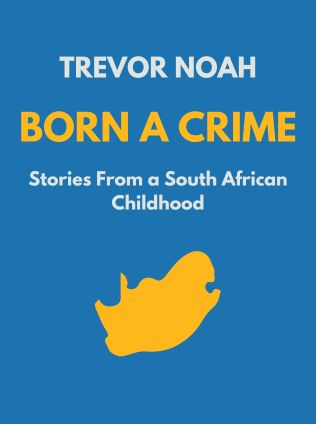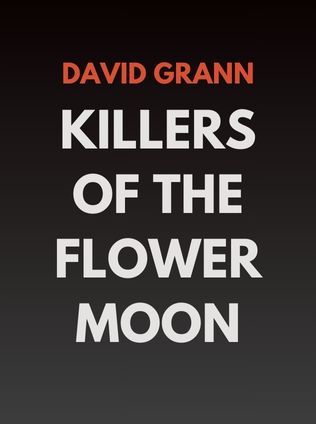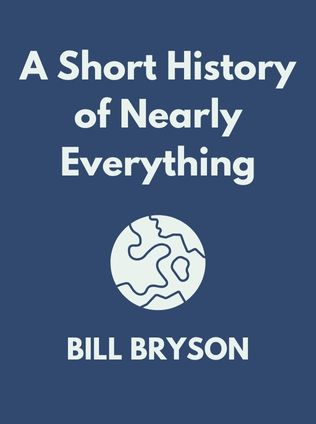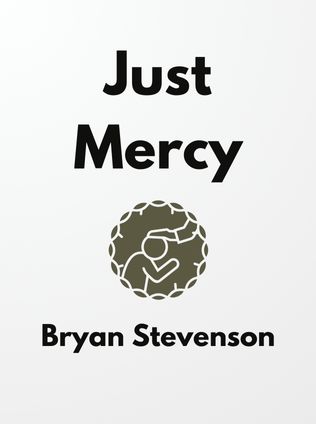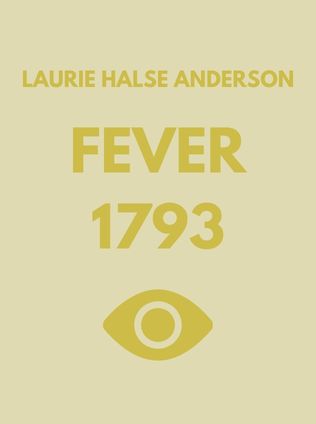
About the Author
Laurie Halse Anderson is an American author renowned for her powerful narratives that often tackle complex and challenging themes, particularly in young adult literature. Born in 1961, Anderson gained critical acclaim with her novel "Speak," which was a finalist for the National Book Award and has become a staple in modern young adult fiction. Her works often explore themes of trauma, resilience, and survival, making her a prominent voice in literature that empowers readers to confront and overcome adversity. "Fever 1793," published in 2000, is one of Anderson’s historical novels that vividly brings to life the yellow fever epidemic that devastated Philadelphia in the late 18th century. Anderson’s meticulous research and compelling storytelling immerse readers in a pivotal moment in American history, while also drawing parallels to contemporary issues of public health and societal response to crises.
Main Idea
"Fever 1793" by Laurie Halse Anderson is a historical novel that follows the journey of 14-year-old Matilda Cook as she navigates the horrors of the yellow fever epidemic that struck Philadelphia in 1793. Through Matilda’s eyes, the novel explores themes of survival, loss, and resilience as she faces the collapse of her world and the challenges of growing up amidst a public health crisis. The story emphasizes the strength of the human spirit in the face of overwhelming adversity and the importance of community, compassion, and perseverance during times of disaster.
Table of Contents
- Introduction: The Setting and Context of 1793 Philadelphia
- Matilda Cook: A Young Girl's Journey Through Tragedy
- The Fever Grows: The Spread of Yellow Fever
- Sickness: The Devastation of the Epidemic
- Survival: Matilda's Struggle to Endure
- Salvation: The End of the Epidemic and the Aftermath
Introduction: The Setting and Context of 1793 Philadelphia
The novel is set in Philadelphia during the summer of 1793, a time when the city was the capital of the United States and a bustling hub of commerce, politics, and culture. However, it was also a city grappling with the challenges of overcrowding, poor sanitation, and the constant threat of disease. Against this backdrop, the yellow fever epidemic erupted, spreading rapidly through the population and bringing the city to a standstill. Anderson vividly portrays the atmosphere of fear and uncertainty that gripped Philadelphia as the fever claimed thousands of lives and forced many residents to flee to the countryside in search of safety.
"When a deadly yellow fever rips through the U.S. capital of Philadelphia in 1793, the lives of the 40,000 residents come to a grinding halt." - Laurie Halse Anderson
This historical setting provides a rich and immersive backdrop for the story of Matilda Cook, a young girl who must navigate the challenges of the epidemic while also dealing with the typical struggles of adolescence. The novel not only captures the physical and emotional toll of the epidemic but also highlights the social dynamics of the time, including the roles of race, class, and gender in shaping the experiences of those who lived through the crisis.
Matilda Cook: A Young Girl's Journey Through Tragedy
Matilda "Mattie" Cook is the protagonist of "Fever 1793," and her journey is central to the novel's exploration of survival and growth in the face of adversity. At the beginning of the story, Mattie is a typical 14-year-old girl, living with her mother, Lucille, and her grandfather above their family-owned coffeehouse. Mattie dreams of independence and adventure, often chafing under her mother’s strict rules and the monotony of her daily life. However, her world is turned upside down when the yellow fever epidemic strikes Philadelphia, forcing her to confront the harsh realities of life and death.
As the fever spreads and the city descends into chaos, Mattie is forced to grow up quickly. Her mother falls ill, and Mattie must leave her behind as she and her grandfather flee to the countryside in search of safety. Along the way, Mattie faces numerous challenges, including the death of her grandfather and the constant threat of starvation and disease. Despite these hardships, Mattie displays remarkable resilience, resourcefulness, and courage. Her journey is one of self-discovery, as she learns to take responsibility for herself and others in the midst of a crisis.
Sign up for FREE and get access to 1,400+ books summaries.
You May Also Like
Freakonomics
A Rogue Economist Explores the Hidden Side of Everything
By Steven D. Levitt and Stephen J. Dubner






